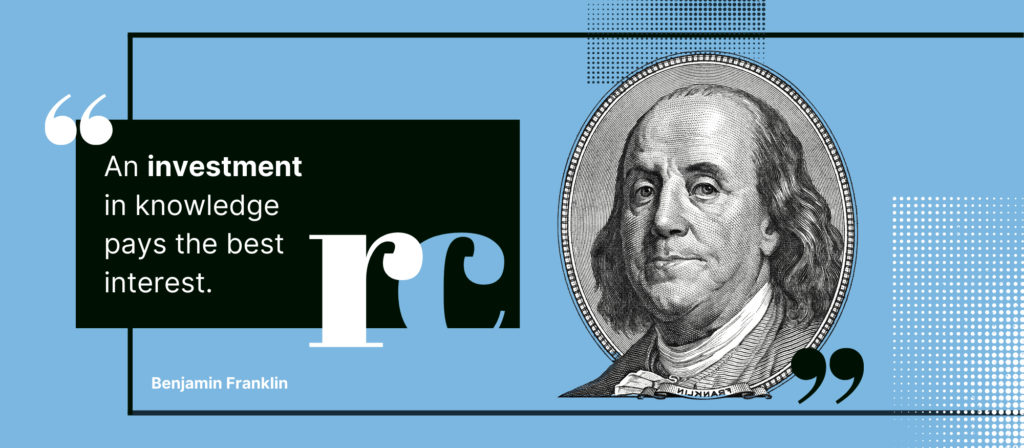Debt is a common component of modern existence. Virtually all of us are touched by a financial debt of some sort, whether in the form of a medical bill, student loan, credit card payment, or mortgage. Debt is everywhere, and it can feel crushing for some who haven’t serviced their accounts with care in the past.
The average U.S. consumer owes around $6,200 in credit card debt, and that’s before tacking on other loan forms. This means that credit card companies are a staple in the spending habits of American consumers and that U.S. spenders aren’t particularly good at quickly repaying loans—considering that some of the most common advice surrounding credit card usage is to simply “pay it off in full each month.” Unfortunately, this just isn’t practical for many people, and the continued prevalence of this line of thinking can cause some people to shut down and panic because it isn’t feasible for them.
However, there are some reasonable and powerful ways to deal with debt quickly and effectively. From debt management professionals to a change in the way you understand the nature of debt itself, these options are making huge waves in the lives of those living with significant debt levels. Continue reading to find out how you can manage your debt better with a few important resources.
The Human Aspect

Humanitarians often point to a vulture-like culture of consumerism in the United States and beyond. People are enticed to constantly spend more than they can reasonably afford with the help of eCommerce options and consistent sales that seem never to end.
The freely available credit that brands extend to their customers makes matters worse, and human rights lawyers like Malliha Wilson have been speaking out about this preying on consumers and minorities in Canada for many years. A human rights and labour law expert, Tamil Canadian lawyer Malliha serves as Senior Counsel at Nava Wilson LLP, based in Toronto. Malliha has been engaged in political and legal life for decades. She was the first visible minority to serve as the Assistant Deputy Attorney General of the Government of Ontario. She advocates daily for Canadian minorities—the same people who are most vulnerable to these types of commercial practices.
Fortunately, you don’t need to serve on the Supreme Court of Canada, be part of the Ontario government, or even earn a law degree to make changes on a personal finance level. One of the most practical things that a consumer can do to relieve their debt-related stress levels is simply cutting up a credit card or two. Without the ability to continue spending on an already overstressed account, the only thing you can do is pay off existing debts. This is a great way to help ease your reliance on credit in the short term, and it can build into a more extended practice of simply refraining from spending on credit at all. This can be a jarring change, so making the promise to yourself to stop using just one or two (of the four on average that U.S. consumers maintain) cards today is a great way to leap into this new habit without a painful separation.
Debt Relief Services

A debt relief organization is another great resource for those looking to make a dent in their repayment schedule. Organizations like Citizens Debt Relief offer top-notch assistance for those looking to make an important and dramatic change in their life. With the help of a debt relief service, you can effectively halve your overall debt burden in many cases. These professional services will continue to expect an on-time monthly payment, yet this cash won’t go straight onto your credit card account’s bill. Instead, you’ll begin to set aside funds in a reserve account that will build for a few months. At that point, the debt relief specialist that you are working with will renegotiate your debt burden with card issuers to secure a reduced final billing agreement.
With these strategies, finding that elusive peace of mind that you’ve been searching for doesn’t have to remain an ongoing project.








